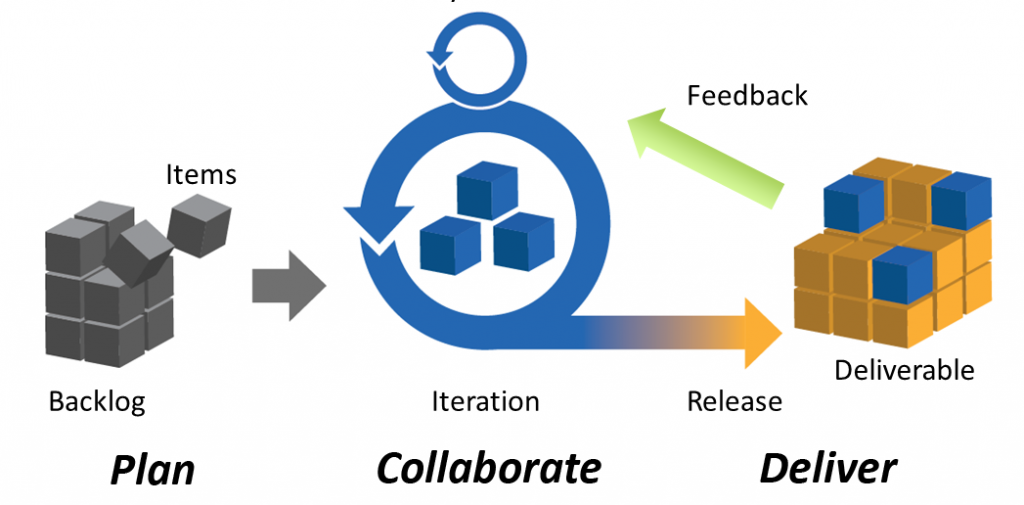IT project management is an endeavor prone to pitfalls. There are many aspects that could derail your projects — misaligned expectations, lack of proper project communication, scope creep, defects, excessive reliance on tools, and prioritizing scope over quality.
To avoid these pitfalls, project management needs to be of very high standard. Only this can ensure that projects can be delivered on budget and on time.
This indicates several aspects:
- Comprehensive awareness of process standards.
- Enforcing process as per due norms.
- Regular meetings for the project and monitoring of status.
- Proper documentation of the minutes of the meetings.
- Budgeting according to finance department guidelines.
Thousands of IT projects are started every year. But because of a lack of adherence to these aspects, only a minority of these projects end up being implemented on budget and on time.
Ranging from inadequate gathering of requirements to issues related to the environment, there can be several reasons. By adhering to specific process guidelines and steps, it can be ensured that projects can be completed successfully. Let us take a look at some of the methods.

Follow standard processes
There are a number of process standards that are applicable to IT projects, ranging from CMM to British standards and ISO. Whichever among these has been adopted at the organization level, it is critical to stick to them.
Each of these standards lays down requirements for the SDLC in a specific manner for every stage in the life cycle. Ranging from requiring phase-wise reviews to satisfying particular exit criteria for each phase, there are many. It is essential to follow these to the “T.” These standards are specifically intended to ensure a high probability that software development happens on budget and on time.
Focus on defining high-quality requirements

The requirements definition stage is the most important of all stages as all the requirements are analyzed and gathered during this phase. Hence, this is the most critical phase for a project. The primary reason being that it is generally more expensive to trap a defect the later one is in the SDLC.
Consider for example that a defect is found while reviewing the requirements at the end of the requirements-analysis phase. Such a defect is fairly cheap to fix. On the other hand, if a defect is found during systems integration testing, it becomes quite costly to fix. This is the primary reason why it is critical to focus on high quality gathering of requirements.
Provide enough training
One of the biggest pitfalls of IT project management is that training needs are often overlooked. The consequent lack of skills and knowledge leads to delays in implementation or failure. The training part of project management is critical along with finding enough people with the right type of skills. If you ever watched the movie “Jurassic World,” there seems to be a shortage of imaginative skills that went into making that movie since so much of it was seen in “Jurassic Park” in 1993, but this is another theme. The point is if you are not going to do something right, don’t do it all.

Prior to the beginning of the project, you should always make a complete assessment of the skill requirements for the project. Subsequently, you should get resource profiles to verify the extent to which the project participants have the necessary skills. Once the skill gaps have been identified from the skill profiles, you should organize suitable training prior to the start of the project.
Early identification of project management environmental bottlenecks
One of the most common reasons for IT project management delays is because of environmental bottlenecks. These include factors such as non-availability of test regions or table spaces during systems integration testing.
Prior to the start of the project, it is vital to analyze each phase and come up with all the environmental bottlenecks in each phase (requirements, design, testing, and coding). Different types of bottlenecks originate from different phases. Consider for instance, a lack of tablespaces for databases during systems integration testing. All these bottlenecks should be sorted out before the project starts.
Build escalation matrices
Once all possible bottlenecks have been encountered for the project, build and update escalation matrices. An escalation matrix lists the scale of a problem and the standard process to be adopted when any issue is encountered. Escalation matrices typically are multilevel.
For each issue type, first- , second-, and third-level escalation contacts will have to be provided. For example, consider that in one particular environment, “server not available” is a commonly encountered problem. So, in such a scenario, you will need to list the steps to be taken when this issue is encountered and the contacts to be reached out to.
Top quality infrastructure
It is essential that your team is provided with amazing infrastructure. There are several things that fall under the umbrella of infrastructure.
- Physical infrastructure including tables, chairs, phones, and computers.
- Software infrastructure encompassing software installations needed, specific software, and operating systems.
- Other needs such as transport, electricity, food, network connectivity, and power backups.
Infrastructure makes up the most fundamental requirement for any IT project. Infrastructural needs are to be taken care of as the top priority. It is generally a prudent idea to create a complete list of infrasructure needs before the start of a project.
Rational team structuring
Balanced team structuring is one element of project management that is unappreciated by many managers. It is, nevertheless, critical. Consider these two different scenarios:
- A 25-member team has one project manager and 24 people reporting to the PM. The 24 members are a mixed set including project leads, technical architects, technical leads, developers, and QA testers.
- In the second team structure, you have the same 25-member team. But the team has been organized in such a manner that you have four leads reporting to the project manager. The QA testers, technical leads, and developers report at second level to the PM via the leads. The architects report directly to the PM.
If you consider the structure that is most likely to give you a chance of on budget, on-time delivery, it would be the second structure. The reason for that is that the second structure is more optimized with a balanced spread of reporting.
Photo credit: Shutterstock



